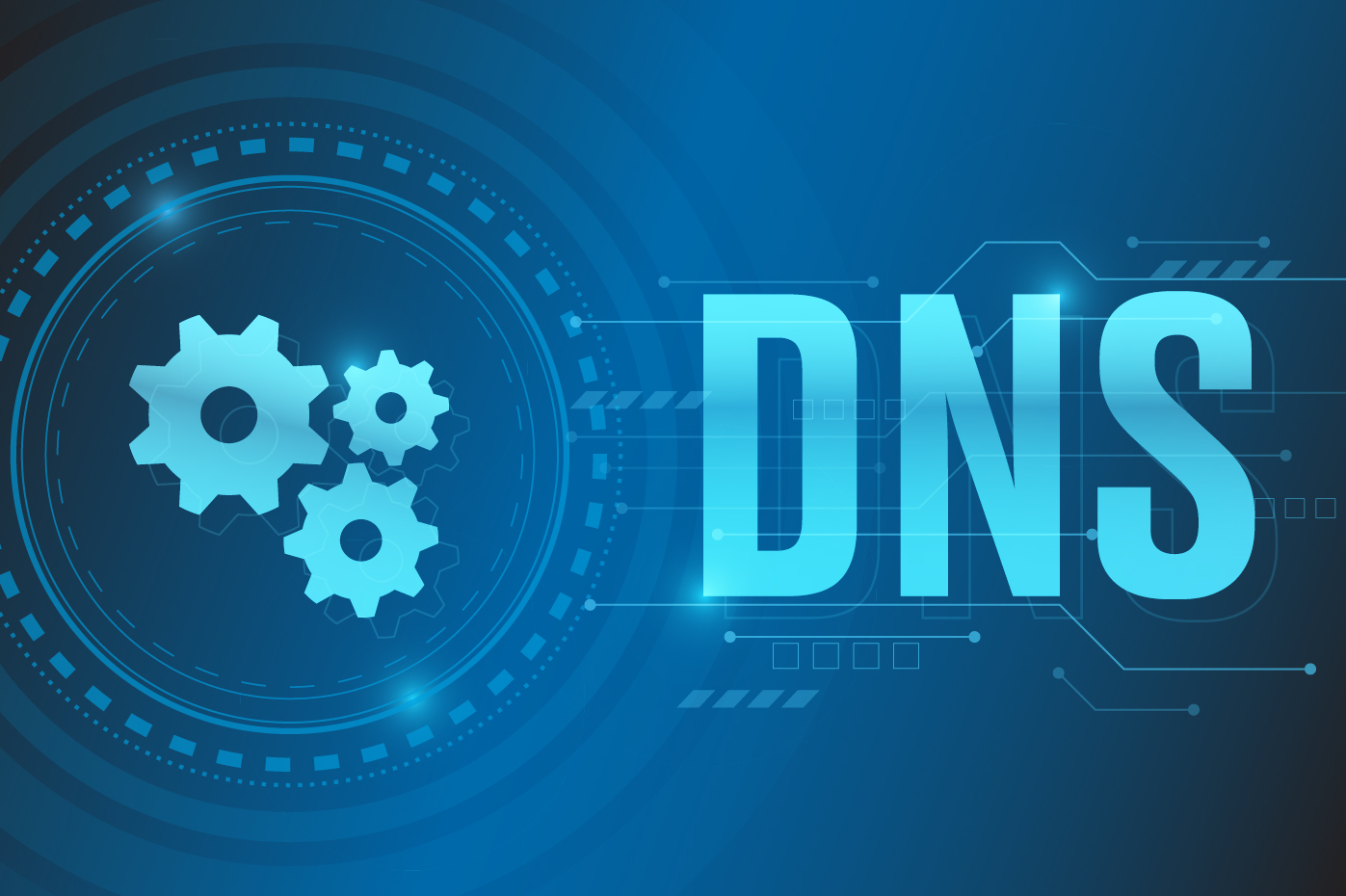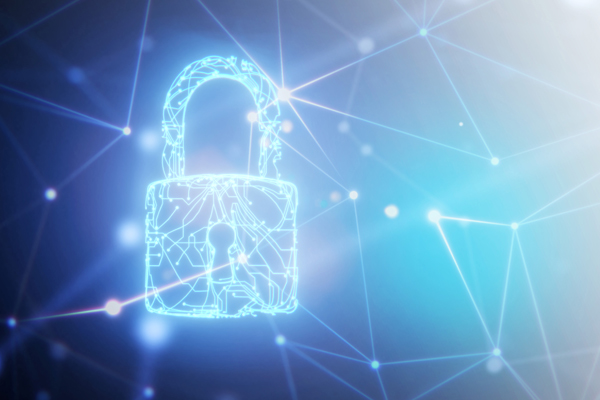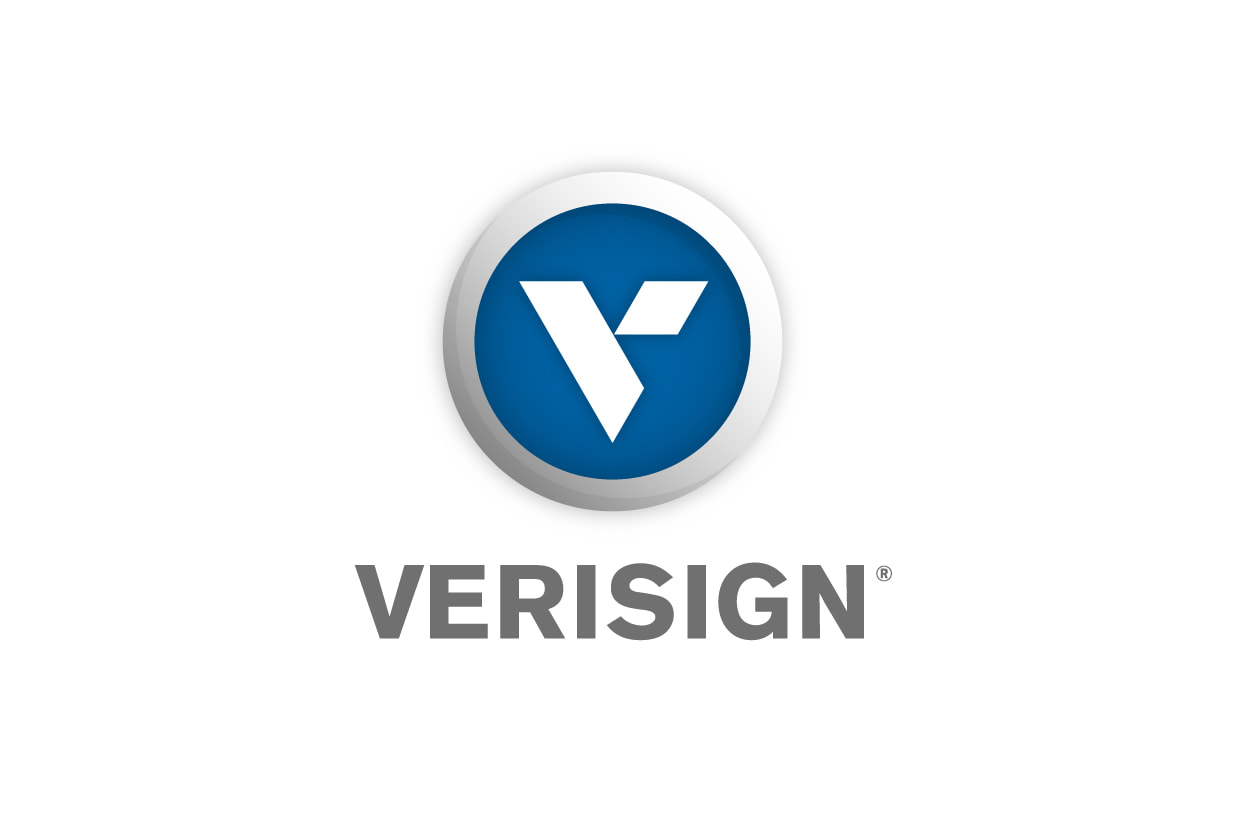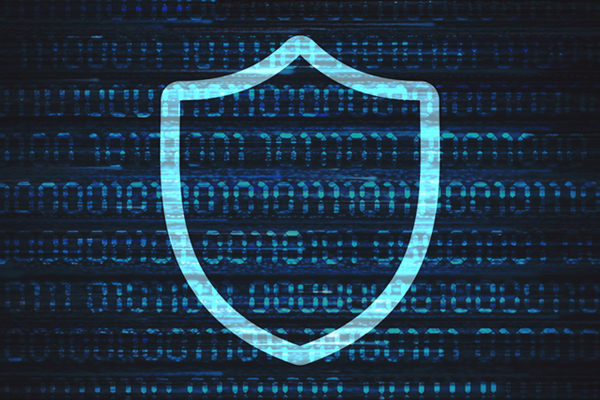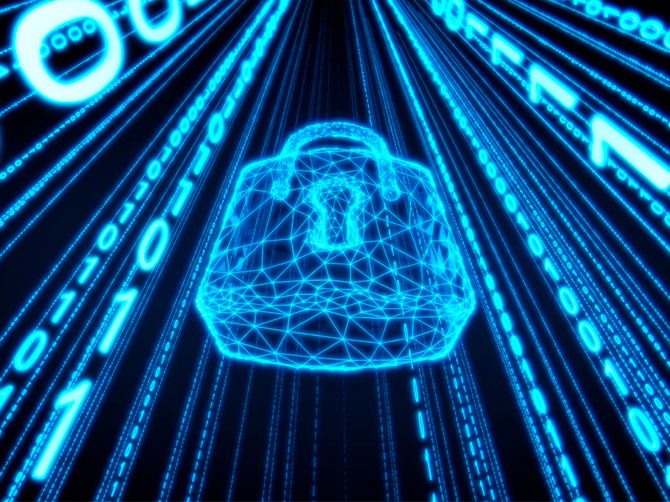Over the past several years, questions about how to protect information exchanged in the Domain Name System (DNS) have come to the forefront.
One of these questions was posed first to DNS resolver operators in the middle of the last decade, and is now being brought to authoritative name server operators: “to encrypt or not to encrypt?” It’s a question that Verisign has been considering for some time as part of our commitment to security, stability and resiliency of our DNS operations and the surrounding DNS ecosystem.
(more…)
